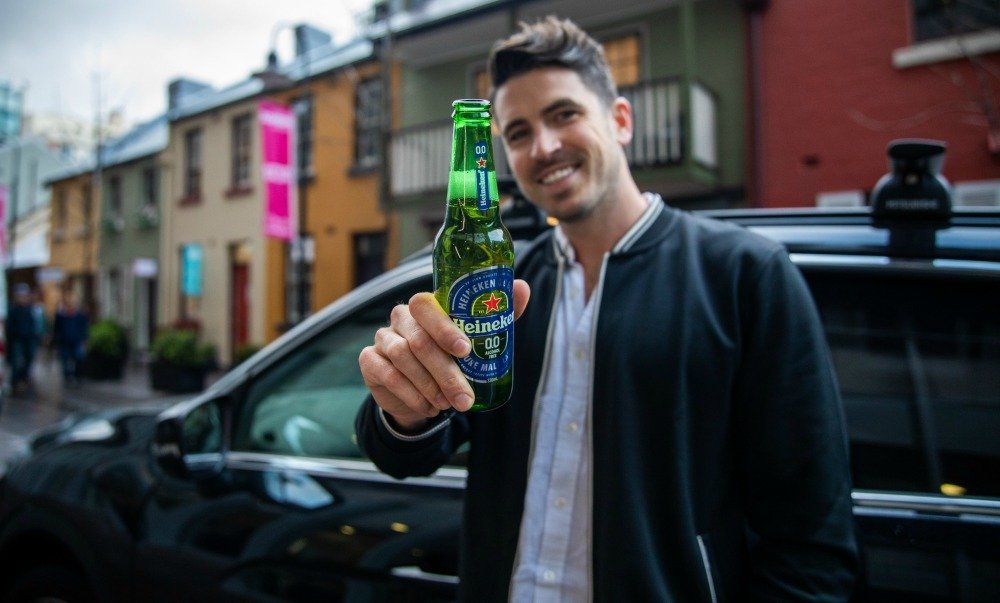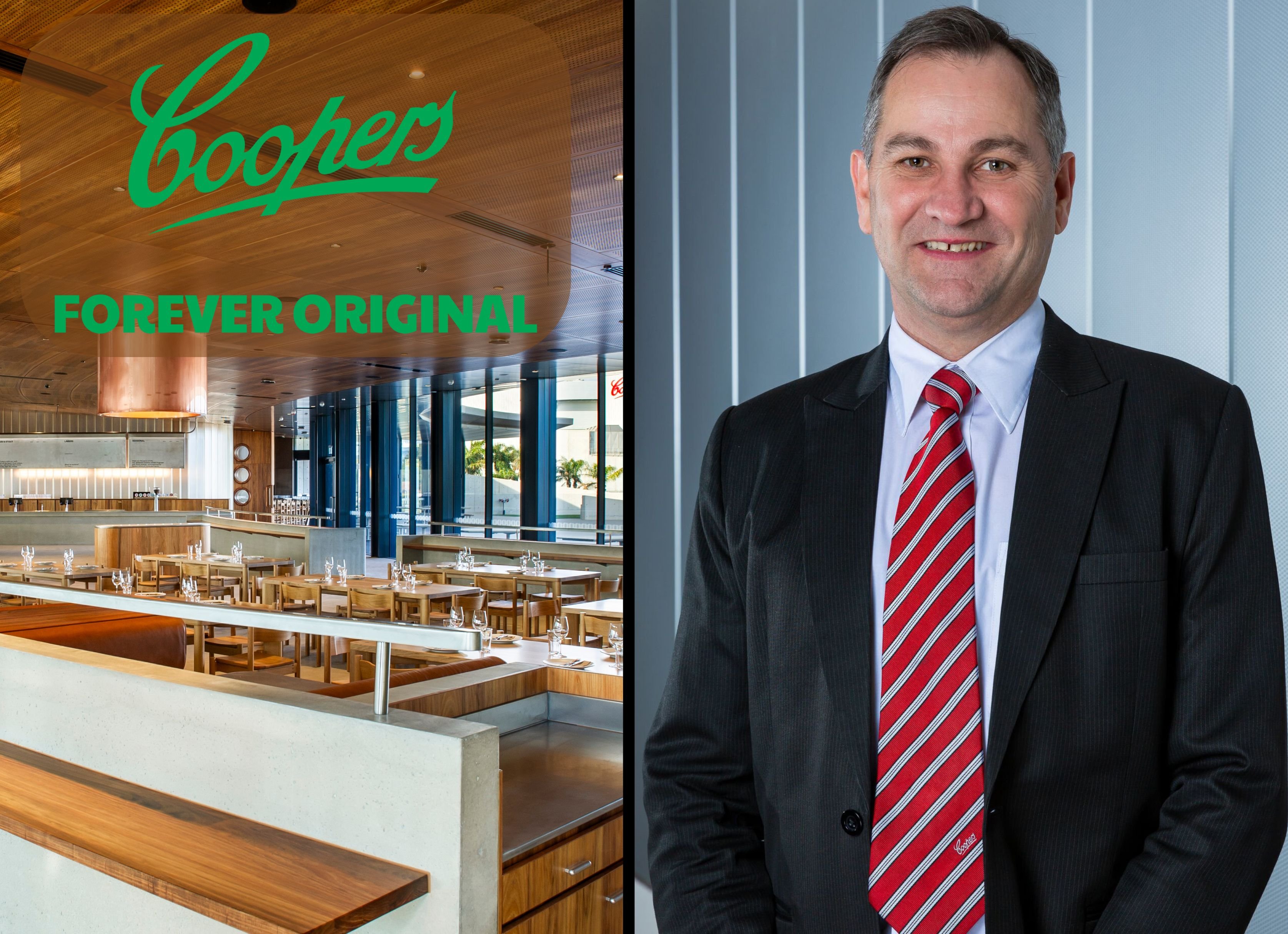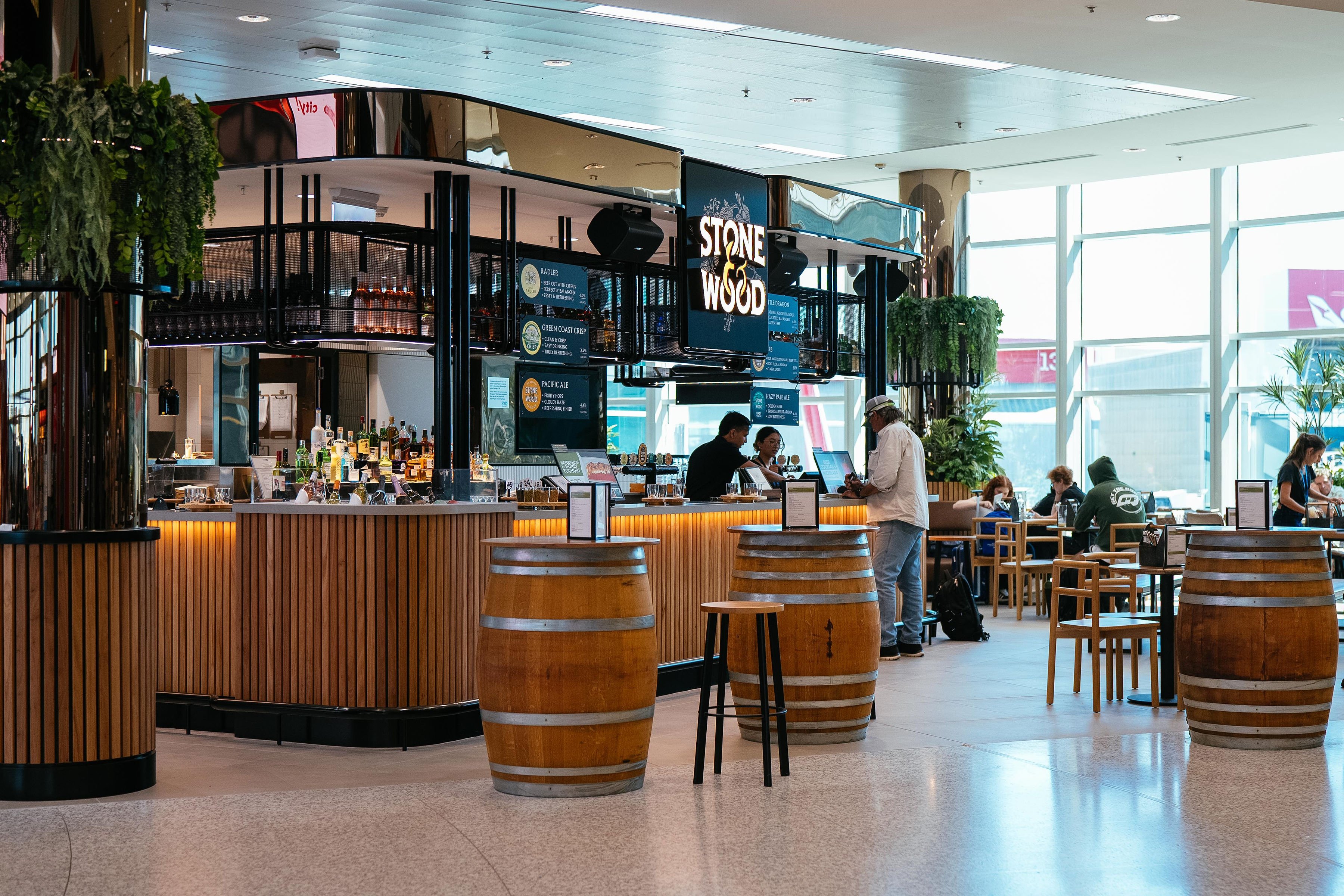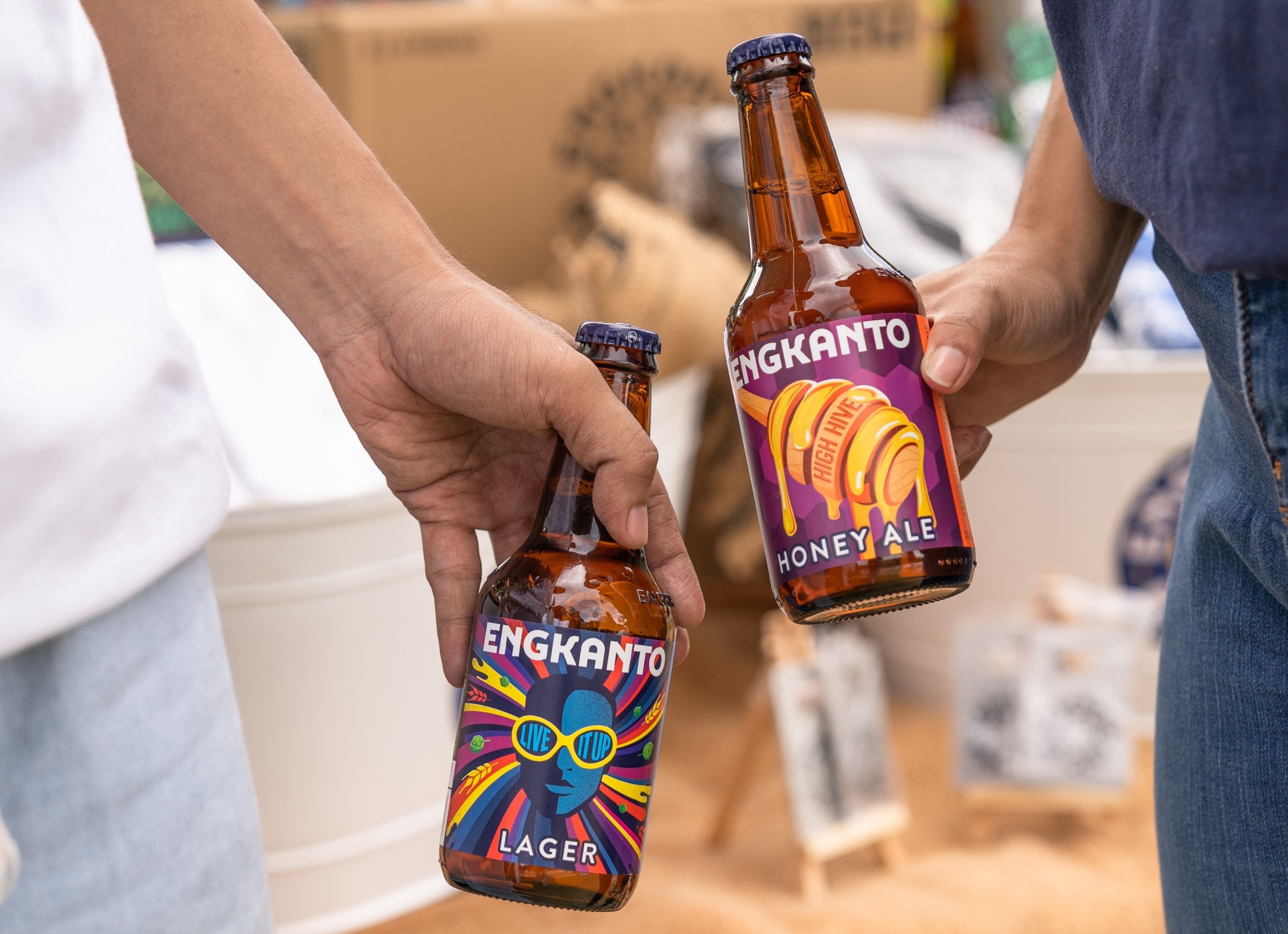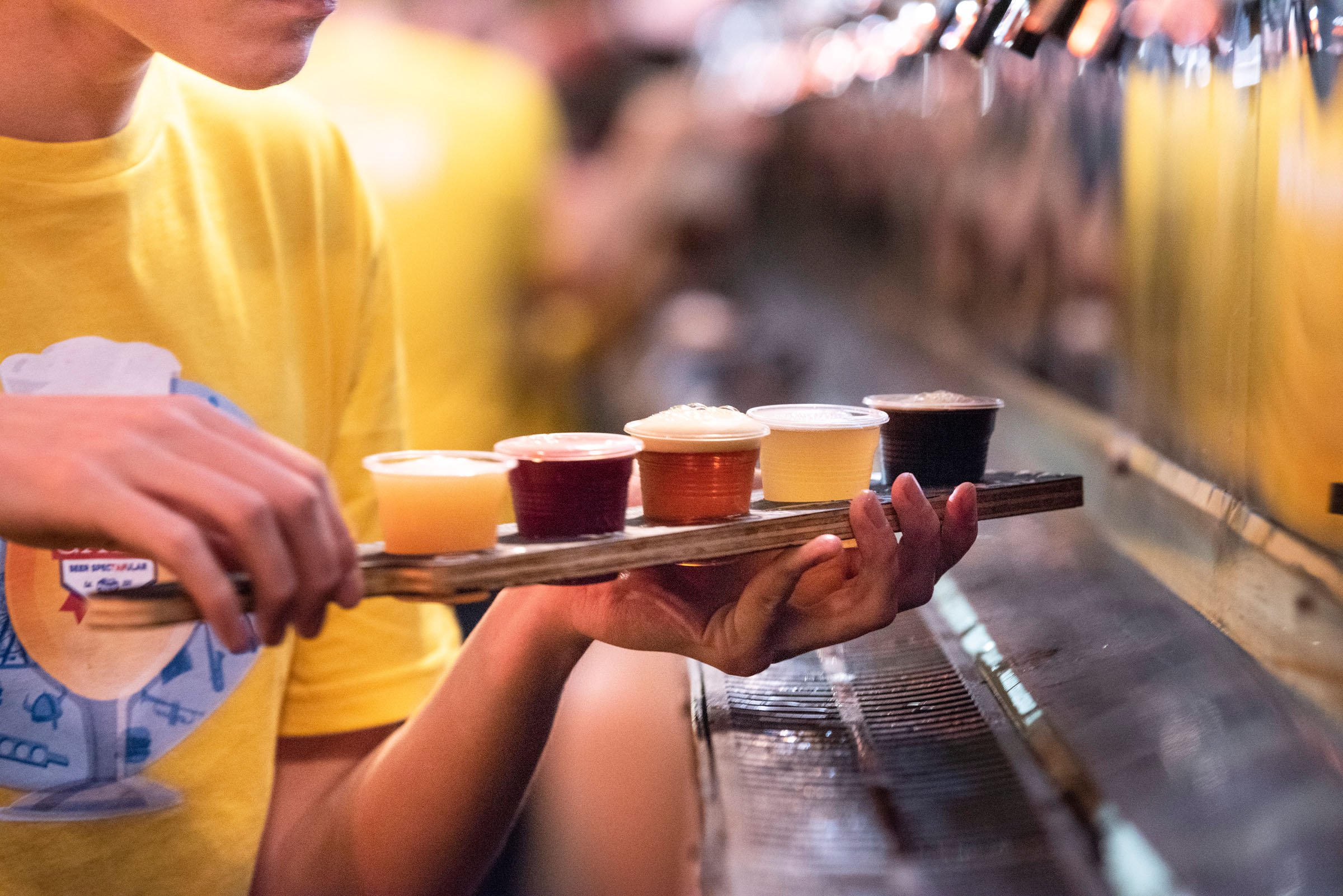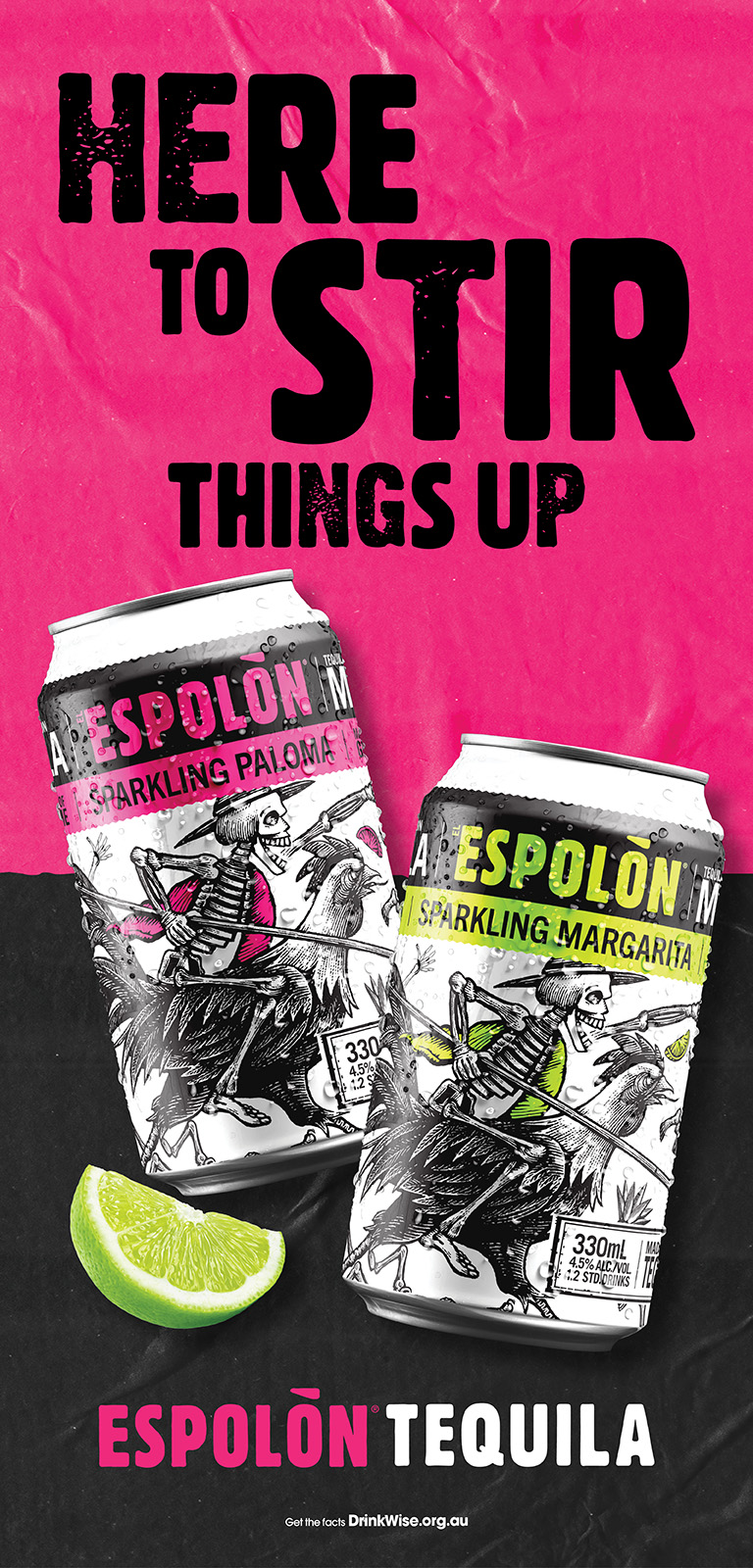It’s safe to say that a craft beer ‘explosion’ has, well and truly, happened. And while its re-birth should be applauded - considering the state of craft brewing pre-1980 - its presence has grown so large and so quickly, that it has begun to unnerve some, and somewhat of an ‘anti-craft movement’ has appeared.
Thankfully the views of the movement are not those of the bigger commercial brewers – not the majority at least, rather a few commentators and one, just one of the larger beer brands. But few they may be, they are being listened to and more importantly, their views have caused not only a social media commotion, but us to question – is it time that neither craft nor commercial should dominate the market place, but rather consider one another as equals? Yes, both offer something quite different from the other, but isn’t that what the consumer wants – choice, and when has range and innovation ever stopped growth in a category? If anything, isn’t that what drives growth?
[divider]
Australia was once awash with small regional breweries, and while it may not have been thought of specifically so much as the way we think of ‘craft’ beer today, it certainly existed.
By the 1980s however, brewing had been consolidated across the country and all that was mostly left were the large-scale beer companies – Carlton & United Breweries (CUB), James Boag & Sons, Tooheys, Coopers, and Cascade.
But also by this time the seeds of the craft beer ‘revolution’ were being sown, and about half a dozen micro-breweries (as they were known then) had began to pop back up across the countryside.
By 1984 Matilda Bay had opened its doors, as had The Sail & Anchor Pub Brewery in NSW. Three years later, Lord Nelson Brewery opened, followed by beer renegade Geoff Scharer’s Little Brewery in Picton. And in the following year, Chuck Hahn opened his self-named brewery in Camperdown, Sydney.
The more contemporary Little Creatures and Mountain Goat launched a mere ten years later – Mountain Goat officially recognised as going to market in October ‘97, with their first brew and the opening of their first official brewery in Richmond, Melbourne (although the two behind the venture – Dave and Cam, had been brewing in Dave’s garden since the beginning of the ‘90s), and Little Creatures in 2007.
In 2008, Hawthorn Brewing Company, Stone & Wood and 4 Pines popped up, and in 2010 The Australian Brewery opened with its first beer from its Hills District home.
And the list doesn’t stop there.
Now 2015, there are an estimated 200 craft breweries (not counting the unlicensed and back garden shed ventures) and thousands of craft beers on the market; safe to say that a craft beer revolution has, certainly happened.
Unfortunately though, its growth has come at such a rate and such a rise that it has unnerved some and an anti-craft movement has appeared.
“An anti-craft movement? That sounds quite extreme” I hear you say, and it does, but it exists, and it’s not hard to find either.
Take a look at the story on The Guardian’s website written by Eleanor Robertson – ‘Give me cheap beer, or give me sobriety. Just stop this craft beer ‘revolution’’. She says, and I quote: “Is the craft beer “revolution” over yet?” … “Craft beer is easy to hate. Most of it tastes bad. Beer snobs are phenomenally irritating, often even worse than the narky farmers’ market set or the paleo herd.” … “They’re also expensive, which means the price of finding one that doesn’t taste like licking a compost heap is too damn high.” … “Craft beer culture must die, or at least stop taking over all the pubs where I like to go.”
How about this year’s Budweiser Super Bowl commercial – ‘Brewed The Hard Way’. Budweiser is a beer for people “who like to drink beer” the commercial says, and that’s not craft beer drinkers by the way, which, according to the commercial, are three middle-aged fanatical and nerdy men. “Let them sip their pumpkin peach ale” the commercial ends.
According to beer educator and consultant, and Australian Beer Writer of the Year - Matt Kirkegaard, it’s not just commentators (and Budweiser) who have been ‘put off’ craft beer either, but publicans and consumers too.
One of the main issues Kirkegaard says, is that too many publicans have been too quick to replace the more commercial brews (the brews their customers were drinking) with craft, before really doing their research on what their audience want and drink.
“The problem is that there are a lot of publicans who hear how successful craft is and quickly put on aggressive craft types, which then don’t sell very well and then they get deterred from the category”, Kirkegaard explains.
The solution? Range and education of both - craft and commercial - and identifying what your customers want.
“In the end, it comes down to the individual consumer choice and how they make their decision on what they choose to decide what they want to drink”, Peta Fielding, Chair of the Australian Craft Beer Industry Association says.
“If a venue attracts a very broad and diverse customer base, then it would very much pay to have a broad selection that includes both mainstream and craft beers, but perhaps not the really pointy end of craft. Whereas venues that are much more targeted to that quirky end won’t see much benefit in having mainstream beers.”
“In the end, beer is a beverage that a lot of people enjoy for a variety of reasons and it’s going to be different to each individual consumer”, Peta added. “For some consumers it will be something that suits their needs, whether it’s the flavour or brand, and for others it will be the beer that they grew up drinking with their dad. Whatever it is, who are we - whether we’re the craft beer movement or the anti-craft beer movement - to preach what it should be?”
And Kirkegaard agrees: “Craft beer can’t be one thing to all people; it is going to represent a whole lot of different market segments and I think publicans need to learn that.
“Venues that provide a well-curated list of quality beers that appeal to a broad range of people as one part of a quality hospitality offer is most important in the long-term.”
And if a venue or retailer is concerned that shifting their focus back to commercial beers isn’t ‘on-trend’, look to the statistics.
While tastes have changed over the last few years and consumers are trying new and different brews, sales of commercial beers have not subsided. In fact, the bigger, commercial brands continue to sell better than any of the craft beers on the market, by dollar and volume (IRI-Aztec MarketEdge Liquor MAT 01/02/15), and that warrants that both should be available in venues and on shelf, if that’s what customers want.
Additionally, and as Peta points out, the more commercial brews are what consumers were drinking long before the craft explosion. To replace a range drinkers love and trust thus seems a risky move.
Similarly, Jennifer Howard of Carlton & United Breweries says: “Traditional beers or classic beers are popular for a reason – they offer consistent quality and enjoyment for people who have loved them for a long time or drink them because their dad did.”
And consistency is key now and in the future according to Kirkegaard.
Unfortunately, many craft breweries still in their infancy are yet to catch up with the consistency the big brewers offer, and it’s an area craft has received more of a bad rap from, particularly among publicans who are having to take the loss on kegs that are thrown away or sent back to the brewer for lack of consistency – a timely task and breweries are often reluctant to take the blame. Craft brewers are going to have to work hard over the next few years to catch up, and not just in terms of the liquid that goes into the glass, particularly seeing that the bigger guys too are coming out with releases that are increasingly crossing over into the craft space (and are proving popular too); take James Squire or Crown Lager for example.
As Kirkegaard explains: “The craft market is still very adolescent with lots of new brewers entering the market. As the hype fades and the market becomes more discerning, brewers who aren’t providing beer of a consistent quality will struggle.”
“The breweries that will survive will be the ones who are focusing on quality now, in their brew house, the logistics chain and working with the venues selling their product.”
Working with venues around education is key.
Tastes have changed significantly over the last few years and more than ever drinkers are asking, “what’s that like” to new brews on tap and in the fridge. Additionally craft has opened up the segment to new drinkers, particularly younger drinkers, and has created a new lease of innovation and excitement around the category. It is now then, that education on the category, particularly on the plethora of beers new to market (pale and American ales, IPAs, wheat beers, stouts, pilsners, bocks, and kolschs…), has never been more important. And that includes education by brewers to publicans and retailers, as well as education by publicans and retailers to the consumer.
Looking at all the weird and wonderful of craft, including the ‘hipsters’ and beer ‘geeks’ associated with it, it’s not surprising that the category can be quite intimidating to consumers, particularly new consumers to the category, and if the publican or retailer doesn’t have the knowledge to make the category accessible for drinkers by being able to recommend and explain, it’s no wonder that we’re seeing consumers put-off the category.
Education therefore needs to be centered around making all beers, particularly those new to the market, approachable (and that includes serving approachable craft types – not everyone wants to drink a double IPA), and communicating that you don’t have to know everything about beer to drink craft.
“Craft is too often seen as a ‘hipster’ drink, which tends to be an audience looking at a narrow and highly visible segment of the market. But there are others who are shaven, with buttoned-down collar shirts who are discovering it as well, but they tend not to be as visible”, Kirkegaard says. “It’s not as if there is one homogenous craft beer market.”
“From the days when craft brewers were planting fresh fields, we’re now seeing such interesting craft beer that it’s spread out from the niche and it’s starting to mainstream a little bit. And because of that, once you break out of the niche, the average drinker is far less homogenous than they were beforehand.”
Like Kirkegaard, Peta says: “I think craft brewers themselves will be the very first ones to say you don’t have to know everything about my beer to enjoy it. If you want to know that stuff great, we’d love to share it with you, but it’s not compulsory.
“Anything venues can do to break down that barrier and encourage people to try it, but for the right reasons - not by saying it’s better than another, is great and important.”
And the bigger breweries agree too.
“We can’t expect venues to work on their own. As brewers we have to work with them to work out what’s going to be innovative and what’s going to work in their venue”, Howard says. “CUB is working closely with a lot of venues and a lot of the retailers around the beer education piece. It’s all about your beer education and how you’re pouring a beer- how you’re serving it; and then that next step of recommending what that beer goes with - “what do you feel like today guys?”
“It’s important to try to get that mix right for your clientele or people who are going to cross your door. People like CUB and craft, we all have to work to see what is going to work for the venue.”
It’s important that publicans and retailers alike respond and ensure that their offering caters to the whole category, so that there’s something there for consumers who want to try something new and a little different, as well as those who want to continue to drink the beer they’ve always drank, particularly as the craft revolution looks to mature over the next few years, which will see brand loyalty become an important factor in the consumer’s purchasing decision, whether that’s a brand they’ve always drank and trusted, or a new brand they’ve grown to love.
As Peta concludes: “At the end of the day, it’s beer – we should just all enjoy it.”
Share the content


